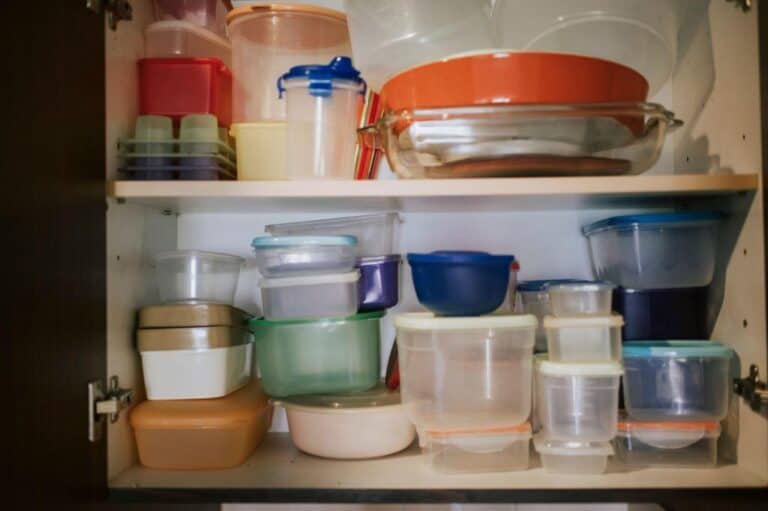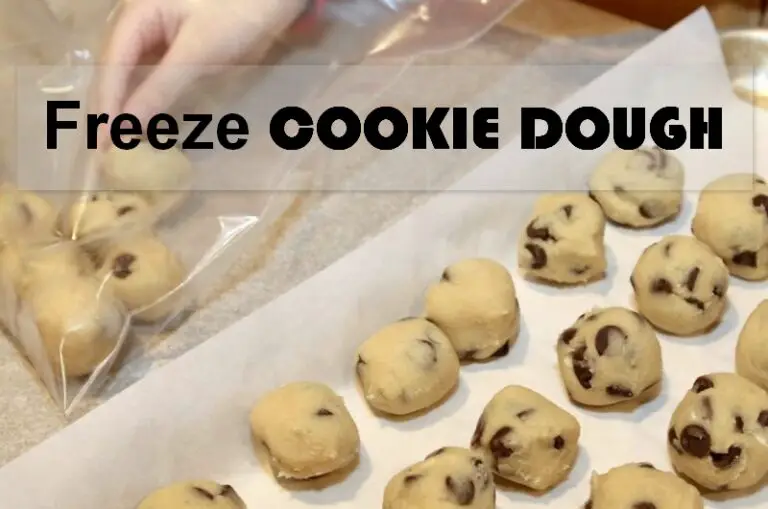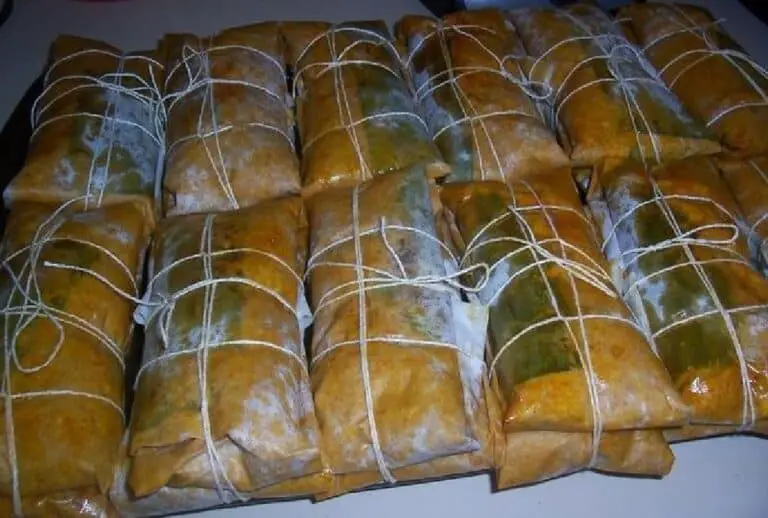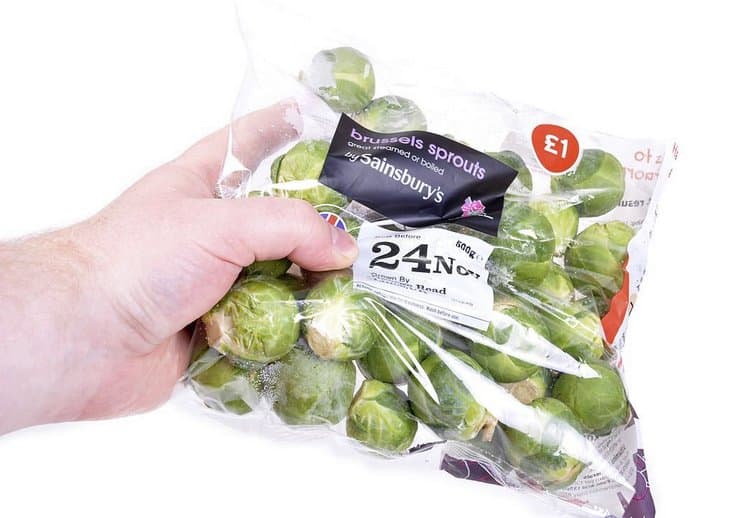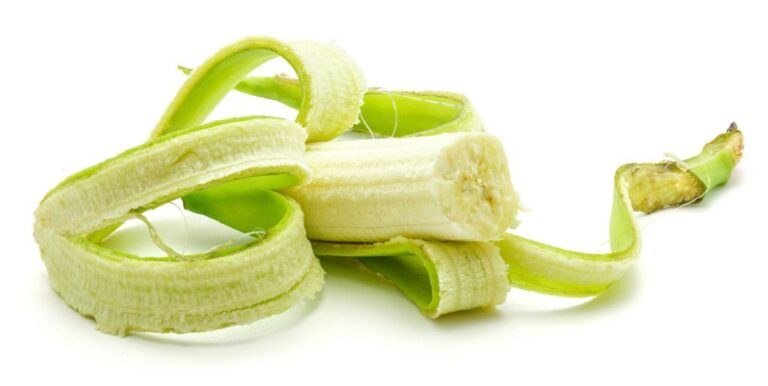Can You Eat Mushrooms with Cobweb Mold on It? Is It Safe?
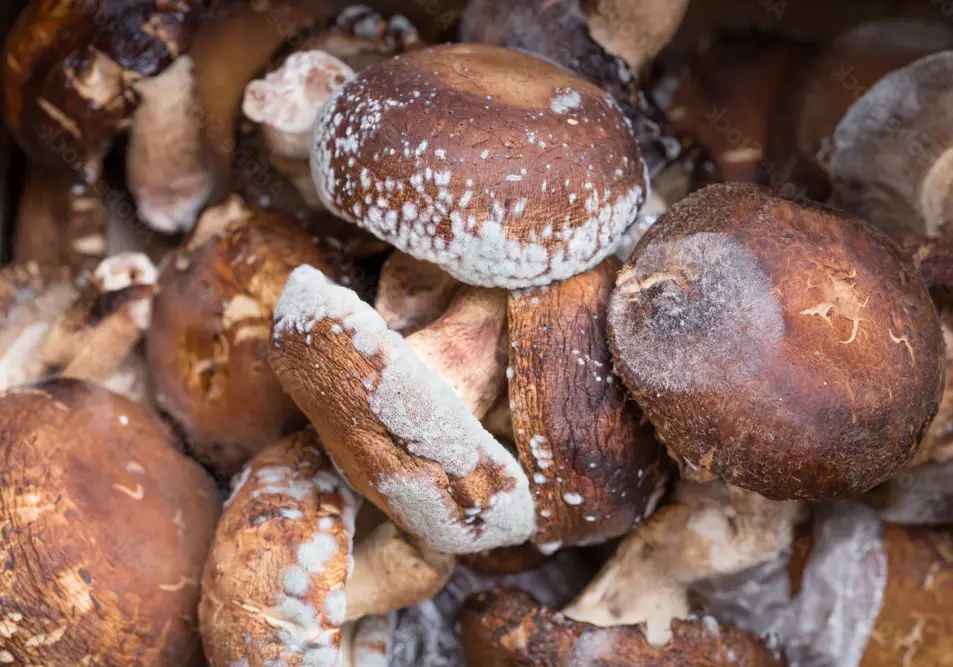
Mushrooms, those mysterious and delectable fungi, have long captured our culinary imaginations. No matter if you are a dedicated mushroom fanatic or just like mushrooms once in a while, you cannot deny their appeal.
Their versatility knows no bounds, finding their way into soups, salads, stir-fries, and beyond. But what happens when you discover cobweb mold has decided to gate-crash your mushroom party? Can you still savor these fungal delicacies, or is it time to bid them a moldy farewell?
In this article, we investigate whether cobweb-moldy mushrooms can be eaten. This isn’t just a simple “yes” or “no” inquiry. It looks into the interesting world of mushrooms, the rise of cobweb mold, and important information that will help you make smart food choices. So, let’s roll up our sleeves and dive into the captivating realm of edible fungi.
The Fascinating World of Mushrooms
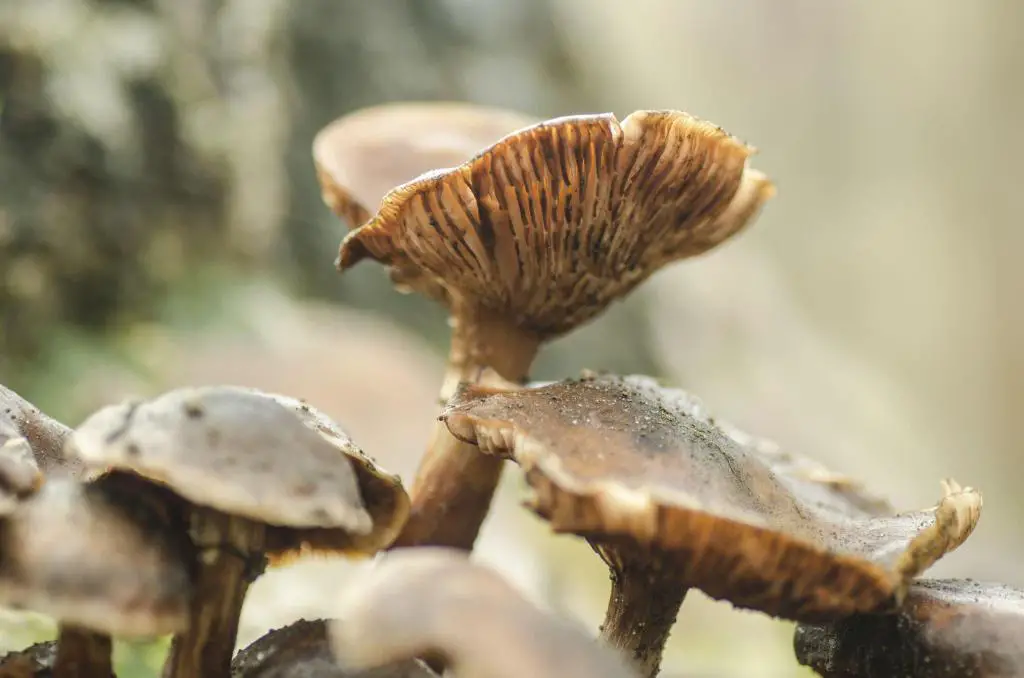
Before we delve into the cobweb mold puzzle, let’s take a moment to appreciate the diverse universe of mushrooms. Mushrooms, with their earthy flavor and versatility, have carved out a special place in our culinary world. Whether they’re the star of a dish or a supporting player, these fungi are cherished for their unique taste and texture.
These fungi come in various shapes, sizes, and colors, making them a delightful addition to many dishes. From the delicate oyster mushroom to the hearty portobello, they bring a unique flavor profile to our plates.
Here’s a list of some common culinary mushrooms:
- Button Mushrooms: These are small, white, and versatile. You’ll find them in salads, soups, and sautés.
- Crimini Mushrooms: More mature than button mushrooms, they have a firmer texture and a deeper flavor.
- Portobello Mushrooms: These are the giants of the mushroom world, with a meaty texture that makes them perfect for grilling.
- Shiitake Mushrooms: Known for their smoky flavor, shiitakes are a popular choice in Asian cuisine.
- Oyster Mushrooms: Delicate and oyster-shaped, these fungi have a mild, nutty taste.
- Chanterelle Mushrooms: Bright orange and trumpet-shaped, these mushrooms have a fruity, apricot-like flavor.
Mushrooms are not only renowned for their taste but also for their unique growth environment, which can sometimes lead to unwanted guests.
The Emergence of Cobweb Mold
Cobweb mold, scientifically known as Hypomyces perniciosus, is a type of mold that can appear on the surface of mushrooms. Unlike the tasty molds used in cheese production, cobweb mold is not something you’d want to encounter in your kitchen.
Here are a few key characteristics of cobweb mold:
- Appearance: It has a fuzzy, web-like appearance that can cover the entire surface of the mushroom.
- Color: Cobweb mold can be white, gray, or pink, making it stand out against the natural colors of most mushrooms.
- Texture: It can make the mushroom’s surface appear slimy, which is quite unappetizing.
The emergence of cobweb mold is a common concern for mushroom enthusiasts and growers. But what exactly is this mold, and is it safe to consume?
Read: What Happens If You Eat a Slimy Mushroom?
Can You Eat Mushrooms with Cobweb Mold on Them?
The million-dollar question: can you eat mushrooms with cobweb mold on them? The short answer is, it’s not recommended. Cobweb mold is typically an indicator of a spoiled mushroom, and consuming it may not be safe for several reasons.
Here’s why you should exercise caution when you come across mushrooms infested with cobweb mold:
1. Quality and Flavor
Mushrooms with cobweb mold don’t just look unappealing; they also taste off. The mold can alter the mushroom’s natural flavor and texture, rendering them unsuitable for culinary use. Eating a moldy mushroom can be a disappointing experience, to say the least.
2. Potential Health Risks
Beyond the culinary concerns, consuming moldy mushrooms can pose health risks. Mold, including cobweb mold, can produce mycotoxins, which are toxic compounds harmful to humans. Inhaling the spores of these molds can also lead to respiratory problems, especially if you have mold allergies.
3. Spoilage
Mold on mushrooms is often a sign of spoilage. This means the mushroom might have started to decompose. It’s best to avoid eating them to prevent foodborne illnesses. Mold can spread both on the surface and inside the mushroom, making it challenging to salvage them safely.
Read: Can You Eat Oyster Mushrooms with Mold on Them?
Safe Practices for Handling Moldy Mushrooms
It’s generally not advisable to consume mushrooms with cobweb mold. There are times when it is safe to do the following if you want to save the rest of your mushrooms or cut down on food waste:
- Inspect Carefully: Examine your mushrooms closely before use. If you spot cobweb mold on one, carefully separate the unaffected mushrooms from the contaminated ones. Ensure there’s no cross-contamination.
- Trim the Mold: In some cases, you can salvage a portion of the mushroom by trimming away the affected area. However, this is not foolproof, and you should only attempt it if you’re experienced in identifying safe vs. unsafe portions.
- Store Properly: To prevent mold growth, store your mushrooms in a paper bag or a porous container in the refrigerator. Avoid airtight containers, as they can trap moisture and promote mold growth.
- Consume Promptly: Mushrooms are best when they’re fresh. To minimize the risk of mold growth, use your mushrooms promptly after purchase.
- Use Your Senses: Trust your senses of sight and smell. If a mushroom smells unpleasant or exhibits any signs of mold, it’s best to discard it.
- Wash and Cook Thoroughly: When using mushrooms in your recipes, wash them and cook mushrooms thoroughly to kill any remaining mold or spores.
Conclusion
Even though it is hard to deny that mushrooms are delicious in food, it is important to be careful around cobweb mold. Consuming mushrooms with this mold is not recommended due to potential quality, health, and spoilage concerns. It’s always better to prioritize food safety and enjoy your mushrooms without the unwelcome addition of mold.
The presence of cobweb mold on mushrooms can significantly compromise their quality and safety. This mold not only changes the mushrooms’ look and feel by turning them slimy and discolored, but it also gives them a musty smell.
So, the next time you encounter mushrooms with cobweb mold, it’s probably best to bid them adieu and explore other delectable fungi options for your dishes. Your taste buds and your health will
FAQs on Cobweb Mold on Culinary Mushrooms
How does cobweb mold affect the taste of mushrooms?
Cobweb mold can impart a musty, unpleasant flavor to mushrooms, altering their taste and rendering them less palatable.
What are the potential health risks of consuming moldy mushrooms?
If you eat moldy mushrooms, you could have allergic reactions, breathing problems, or even mycotoxins, which can make you sick, make you throw up, or even damage your organs in the worst cases.
Can cooking eliminate cobweb mold from mushrooms?
Cooking can eliminate surface cobweb mold on mushrooms but might not eliminate all toxins. High temperatures can deactivate some spores, but mycotoxins may still remain, posing health risks.
What are the signs that mushrooms are contaminated with cobweb mold?
Signs of cobweb mold contamination include fuzzy, cotton-like growth, discoloration, and a pungent odor. Mushrooms may appear slimy, discolored, or have an off texture.
Are there any safe ways to consume mushrooms with cobweb mold?
There are no safe ways to consume mushrooms with cobweb mold. Consuming any part of the moldy mushroom can pose health risks, and thorough cooking might not eliminate all toxins.
Are all types of mold on mushrooms dangerous?
While some molds on mushrooms are harmless, others, including cobweb mold, can produce harmful mycotoxins that pose health risks if ingested.
How can one differentiate between edible and poisonous mushrooms affected by mold?
Differentiate between edible and poisonous mushrooms affected by mold through careful identification, including examining the appearance, texture, and smell, and consulting reliable mycology resources.
How should one dispose of moldy mushrooms safely to prevent contamination?
Dispose of moldy mushrooms by sealing them in a plastic bag before discarding them in the trash to prevent further contamination. Avoid composting moldy mushrooms to prevent their spread.

